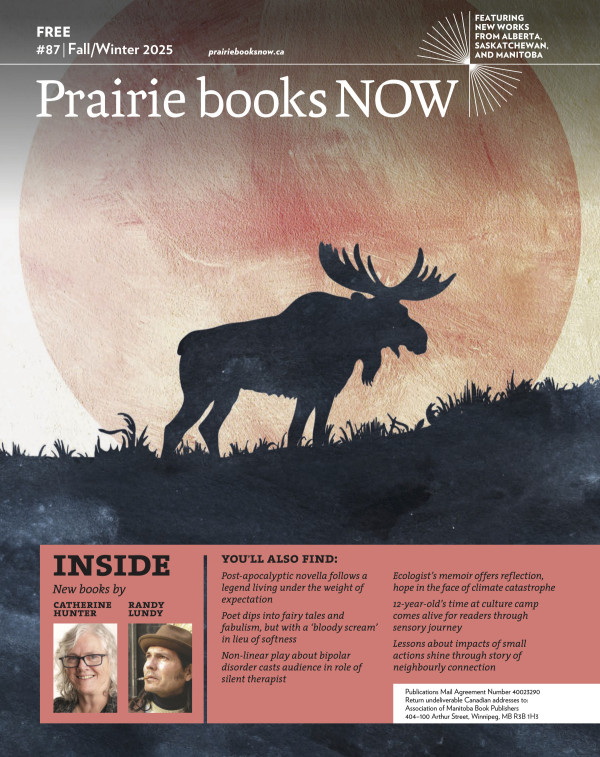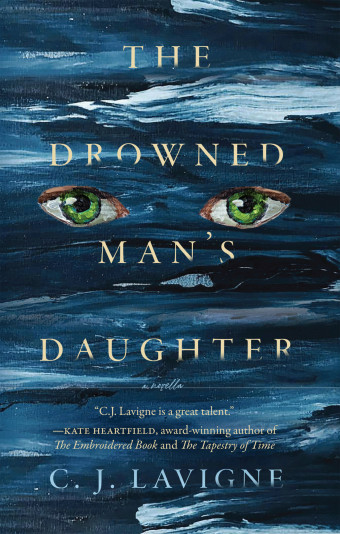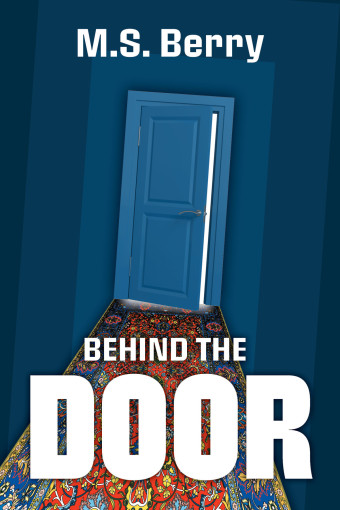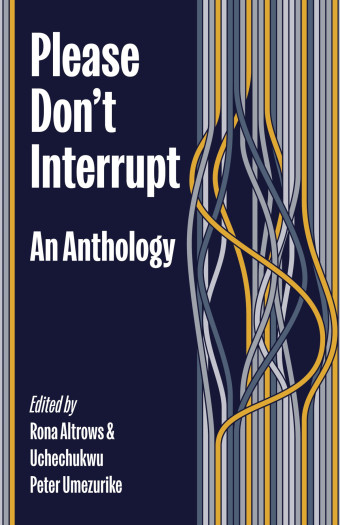The artist William Hogarth’s portrayals of eighteenth-century London have long fascinated Alberta author D. M. Bryan. “When I was a child, my parents had a book of Hogarth’s prints,” she says. “I loved looking over those pictures, imagining that strange world of brocade dresses, gilded furniture, towering wigs, and muddy streets.”
Hogarth’s artworks inspired Bryan’s engaging new novel, Pugg’s Portmanteau, which is set in the same era. “When I wanted to write something compelling, I thought at once of those prints,” Bryan states. “So I went back to Hogarth’s pictures, looking with fresh eyes at his characters and imagining them as people with a life off the page.”
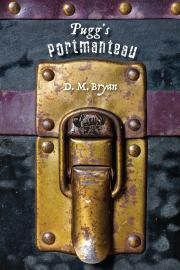
- Pugg’s Portmanteau
- D.M. Bryan
- University of Calgary Press
- $24.99 Paperback, 374 pages
- ISBN: 978-17-73850-50-4
Her motley cast of main characters includes two laundresses, a married woman, a female novelist, and two young men – a thief and a con artist. And, of course, Pugg, Hogarth’s dog.
Bryan teaches at the University of Calgary, specializing in eighteenth-century English literature, a period in which the novel as a form was pioneered by such authors as Daniel Defoe, Samuel Richardson, Henry Fielding, and Laurence Sterne. “Those first novels traded in excitement and fanciful worlds as well as fast-moving plots,” Bryan says. “Above all, they featured female characters well-acquainted with the whole gamut of human experience.”
In Bryan’s novel, Pugg discovers a leather portmanteau at his late master’s house. The travelling bag contains unsorted pages containing fragments of letters, manuscripts of novels, notes from a criminal investigation, and sketches. Pugg then invites readers to learn more about the names and places mentioned in the papers by accompanying him on a journey through the streets of London.

Occasionally the narrative is written in the voice of Pugg. “He is a version of me – loyal to my master, William Hogarth, and faithful to the legacy of those wonderful prints,” Bryan states.
She adds, “The silliness of giving all my grave declarations about the development of the English novel to my snub-nose, waddling friend was a way of reminding myself not to take Pugg’s Portmanteau too seriously.”
Throughout the book, Bryan incorporates storytelling techniques used in eighteenth-century novels. These include an epistolary story told by two laundresses and an intriguing autobiographical tale of a woman’s unorthodox attempt to end her marriage. Enhancing the variety of narratives are plates of Hogarth’s prints.
Pugg’s Portmanteau is a book for anyone who loves novels – who reads for the pleasure of extended immersion in another world – and who is curious about the novel’s past life.
Bryan did a lot of research for this novel, but in her opinion, knowing when to call a halt was her biggest research challenge. “Day after day,” she admits, “I had to struggle to make myself put away my gazetteer of period London street names or cease tracing the various processes involved in engraving or typesetting, inking, pulling prints, binding, and selling a print or a book.”
At the same time, the research made Bryan cognizant of parallels between contemporary and eighteenth-century issues. As she notes, “Damaging assumptions about race, gender, sexuality, and disability have firm roots in eighteenth-century English literature and thought.”

